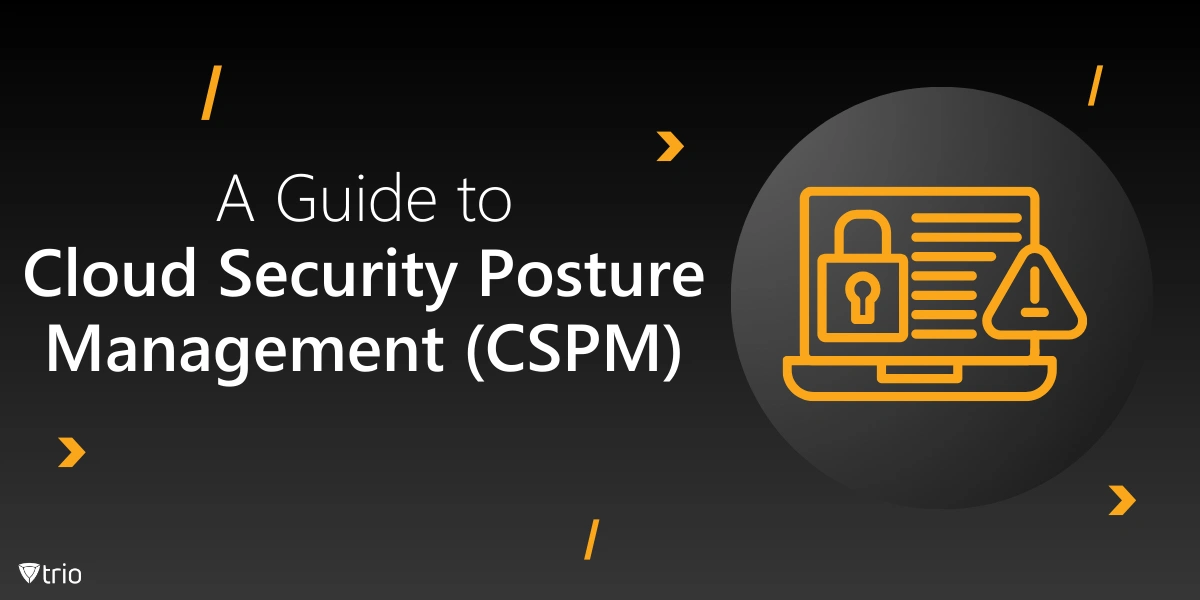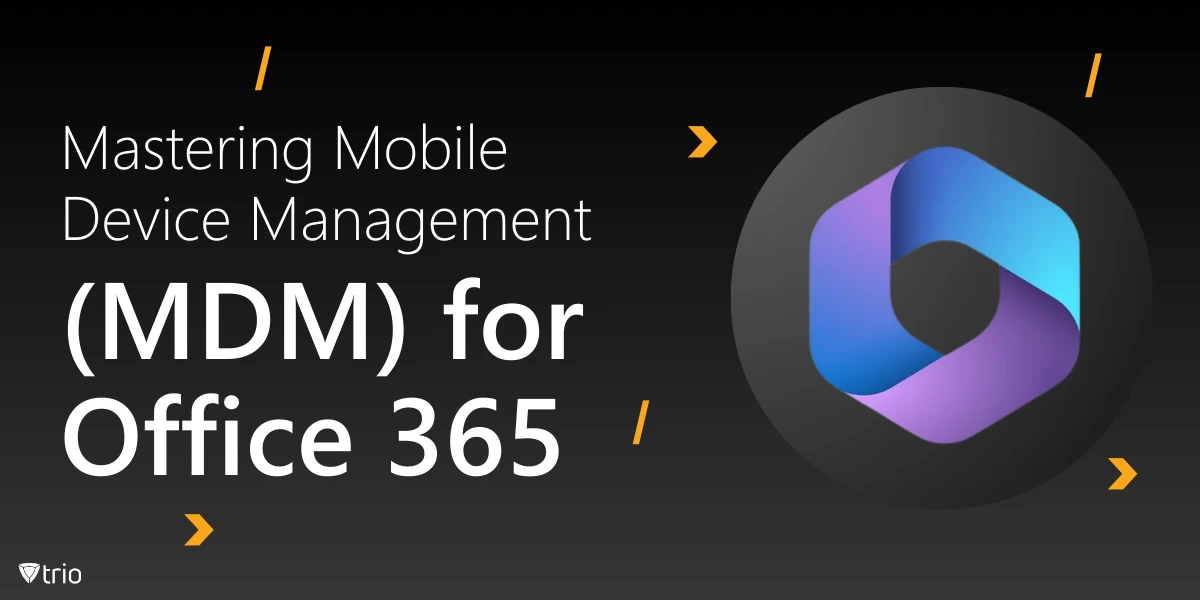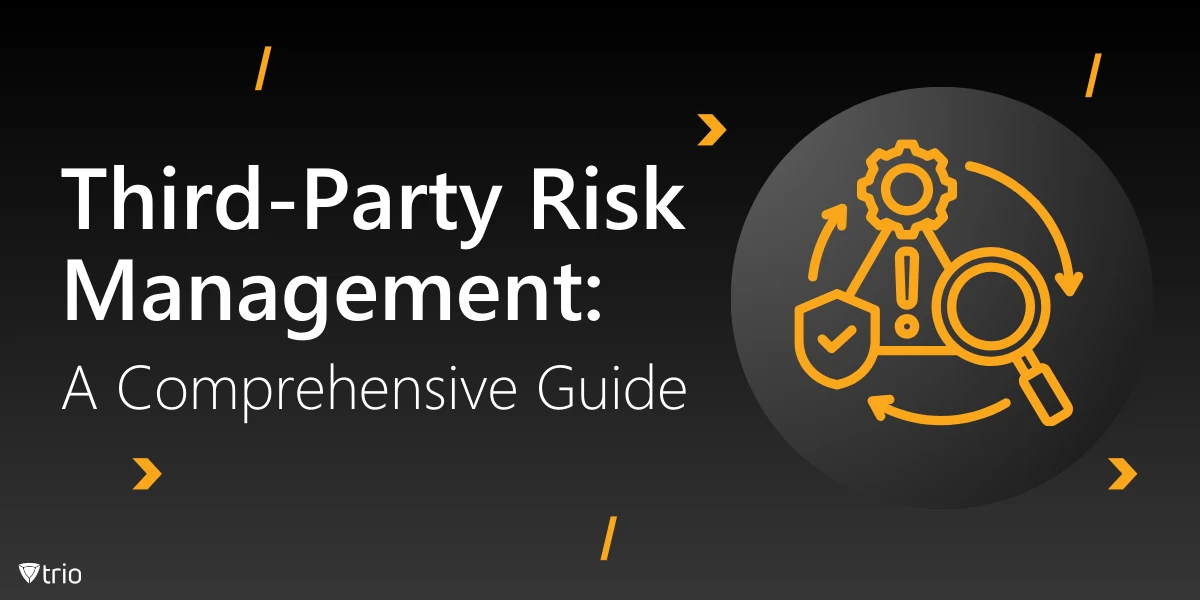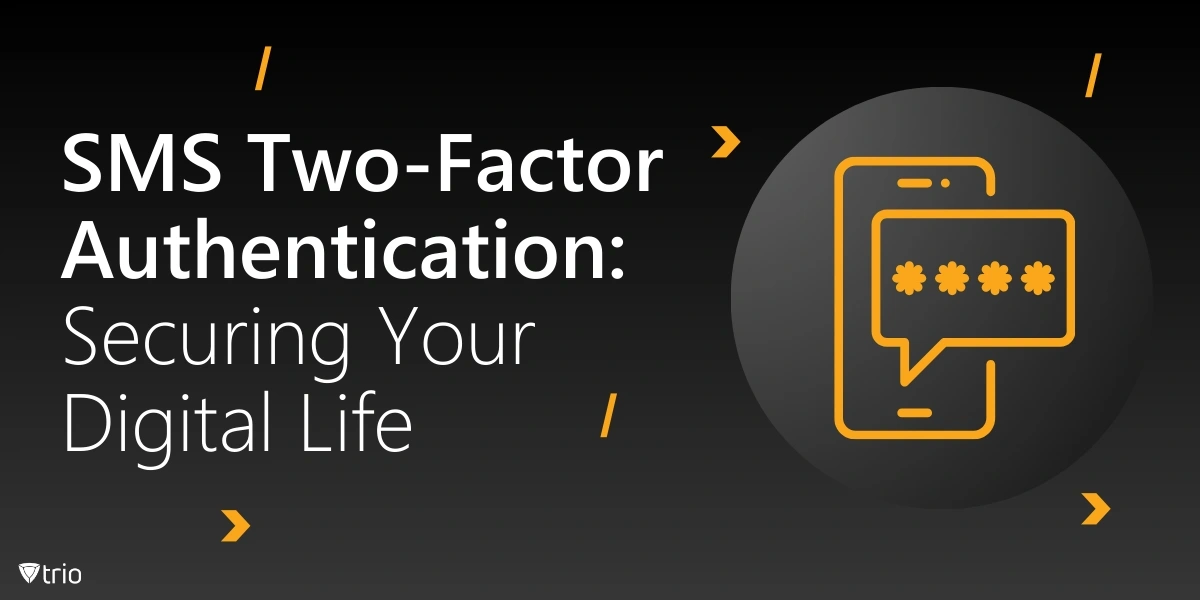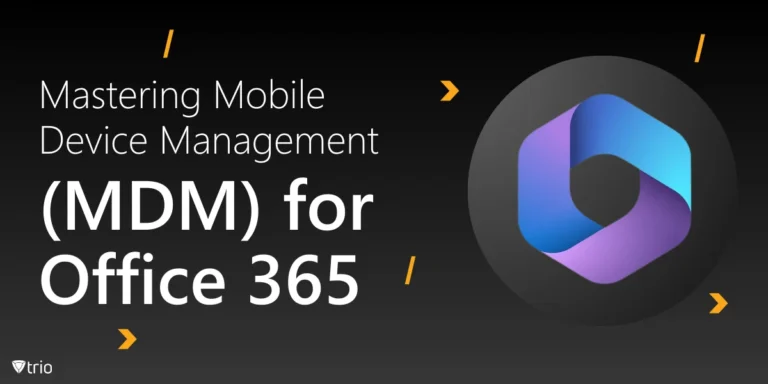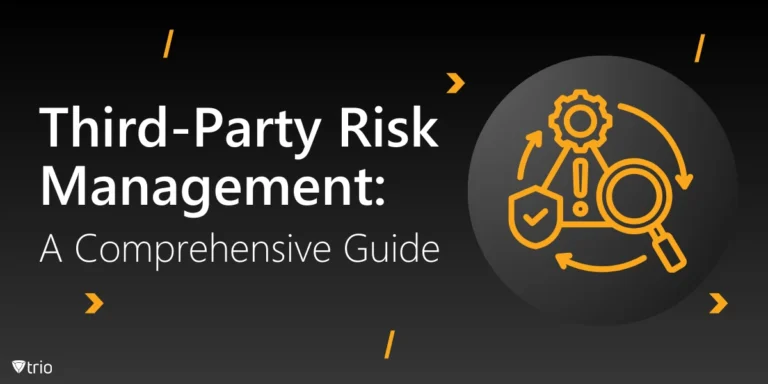Cloud adoption has grown exponentially in recent years, with businesses migrating their workloads to the cloud to take advantage of scalability, flexibility, and cost-effectiveness. However, with the increased use of cloud services, the risk of security breaches and vulnerabilities has also surged. Managing and maintaining security in complex cloud environments can be daunting, and that’s where Cloud Security Posture Management (CSPM) steps in. In this blog, we will delve into what CSPM is, why it’s essential for modern businesses, and how to implement it effectively to safeguard your cloud assets.
What Is the Definition of Cloud Security Posture Management (CSPM)?
CSPM refers to the processes and tools used to continuously monitor, assess, and enhance the security posture of cloud environments. It focuses on identifying vulnerabilities, security misconfigurations, and compliance violations across an organization’s cloud infrastructure, applications, and services.
There are six principles when it comes to cloud security posture. They include:
- Visibility: ensuring complete visibility into all cloud assets and configurations
- Threat Detection: continuous monitoring to detect and respond to threats in real time
- Compliance: enforcing regulatory standards and policies across the cloud environment
- Identity and Access Management (IAM): controlling and monitoring user access to cloud resources
- Data Protection: safeguarding data with encryption and access controls
- Automation: leveraging automation to detect and mitigate security risks efficiently. These principles form the foundation of effective cloud security posture management.
Why Cloud Security Posture Management is Essential
Cloud environments are inherently dynamic and, without continuous monitoring, can expose organizations to critical vulnerabilities. As businesses increasingly rely on cloud services, traditional security measures such as firewalls and antivirus software are no longer enough. Here’s why cloud security posture management tools have become essential:
- Visibility into the cloud environment: Cloud infrastructures can be opaque, making it difficult for organizations to track their assets and the security of those assets. CSPM provides real-time visibility into all resources, services, and configurations, allowing IT teams to identify security gaps and misconfigurations quickly.
- Prevention of misconfigurations: Misconfigured cloud resources are one of the leading causes of cloud breaches. CSPM tools automate the detection of misconfigurations, helping organizations prevent costly security incidents.
- Continuous compliance: Meeting regulatory compliance standards like GDPR, HIPAA, or PCI DSS can be challenging in a cloud environment. CSPM ensures that cloud infrastructure continuously meets these regulatory requirements by flagging and addressing violations in real time.
- Rapid threat detection and response: CSPM solutions provide continuous monitoring of the cloud environment, allowing organizations to detect potential security threats as soon as they arise and respond to them quickly before they cause harm.

Key Features of Cloud Security Posture Management
Some key features of CSPM include:
1. Automated Monitoring and Alerting
One of the core features of CSPM is automated monitoring. This allows organizations to continuously track their cloud infrastructure for security issues, such as misconfigurations, excessive privileges, or suspicious activity. Automated alerts notify the security team when potential vulnerabilities are identified, allowing for immediate remediation.
CSPM solutions scan cloud environments in real time, providing a comprehensive overview of security risks and giving businesses the ability to act quickly before any damage is done.
2. Misconfiguration Management
Cloud misconfigurations are a common entry point for cybercriminals. For example, an improperly configured storage bucket might expose sensitive data to the public internet. CSPM tools identify these types of misconfigurations and suggest or even automate corrective actions to resolve the issues.
By continuously auditing cloud resources for compliance with security policies, Cloud Security Posture assessment helps reduce human error and ensures that best practices are followed across the organization.
3. Compliance Management
Regulatory compliance is a critical concern for many businesses, especially those in industries like finance, healthcare, or retail. CSPM tools automatically check cloud environments against industry-specific regulatory frameworks, ensuring compliance with policies such as:
- GDPR
- HIPAA
- PCI DSS
- SOX
Through continuous auditing and reporting, CSPM solutions help businesses avoid costly penalties and data breaches associated with non-compliance.
4. Identity and Access Management (IAM)
Cloud Security Posture Management includes features for managing Identity and Access Management (IAM) to ensure that users have the appropriate access levels to perform their tasks. It can identify overly permissive roles and unused credentials, which pose a risk to cloud security.
By limiting access based on the principle of least privilege, CSPM ensures that only authorized personnel have access to sensitive resources, minimizing the risk of insider threats and external attacks.
5. Integration with DevSecOps
As businesses move toward DevSecOps practices, which integrate security into the development lifecycle, CSPM tools can help by providing real-time visibility and insights into security risks during development. CSPM solutions enable development teams to identify and fix security issues as they occur, streamlining the development process without compromising security.
Best Practices for Implementing Cloud Security Posture Management
While CSPM solutions provides powerful tools for enhancing cloud security, it’s important to follow best practices to maximize its effectiveness.
1. Establish a Baseline of Security Policies
Before implementing CSPM, establish a baseline of security policies and best practices for your organization’s cloud environment. This baseline should outline acceptable configurations, access controls, and data security practices. Once defined, CSPM can automatically enforce these policies and identify deviations.
2. Prioritize Misconfigurations
Not all security issues have the same level of risk. When CSPM tools identify misconfigurations or vulnerabilities, it’s important to prioritize them based on the potential impact on your organization. High-risk vulnerabilities, such as open ports or exposed storage, should be addressed first.
3. Enable Continuous Monitoring
Cloud environments are constantly changing, which means that a single audit or assessment is insufficient. Enable continuous monitoring through CSPM to ensure that security risks are identified and mitigated in real time. Set up automated alerts to notify your team when a critical issue arises.
4. Integrate with Existing Security Tools
CSPM should not be used in isolation. Instead, it should be integrated with your existing security tools, such as Security Information and Event Management (SIEM) systems or endpoint security solutions, to provide a holistic view of your organization’s security posture.
5. Conduct Regular Audits and Reviews
Even with automated tools, human oversight is still essential. Regularly review your cloud environment and security posture to ensure that the CSPM system is working as expected. Conduct audits of user access, cloud configurations, and data storage to verify compliance and security integrity.
Conclusion
As cloud environments continue to grow in complexity, the need for automated, scalable, and continuous security solutions has never been greater. Cloud Security Posture Management solutions provide businesses with the tools and visibility they need to safeguard their cloud infrastructure against misconfigurations, vulnerabilities, and compliance violations.
By implementing a CSPM solution, businesses can enhance their overall security posture, reduce the risk of data breaches, and ensure compliance with industry regulations. As cloud adoption grows, CSPM will continue to play a critical role in maintaining the security and integrity of cloud environments.
Ready to take control of your cloud security? Start a free trial of Trio’s Mobile Device Management solution, which integrates cloud security tools to help you monitor and secure your cloud environment. Try our free trial today.
